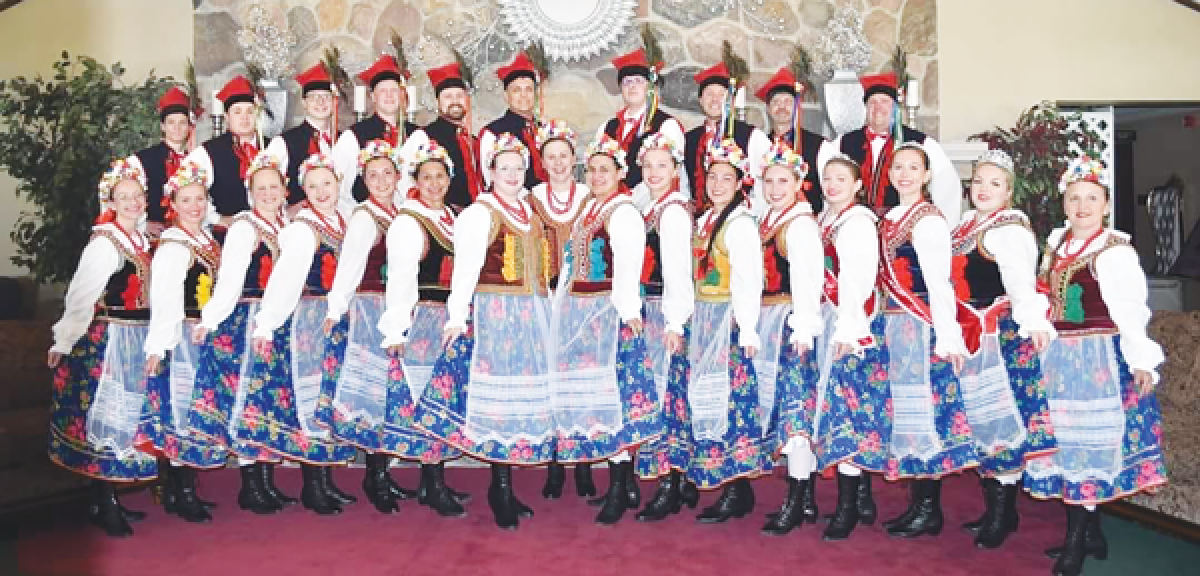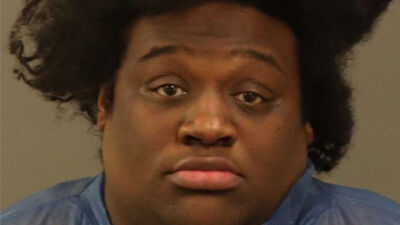WARREN — Promoting the cultural pride and heritage of Polish people, the Polish Day Parade Committee will have its parade for the third year in a row in Warren at 4:10 p.m. Aug. 24 starting from Cousino High School.
The parade will proceed south on Hoover Road then turn right on Common Road marching west, then culminate at the Warren Civic Center where Warren’s Birthday Bash will be in full swing. Although the events are happening concurrently, they are organized and paid for by different entities.
“The Birthday Bash is a city-paid and sponsored event,” said Judge John Chmura of the 37th District Court, the chairman of the Polish Day Parade Committee. “The Polish Day Parade is privately funded.”
“It (the parade) adds to that whole celebration downtown during that weekend,” Chmura said.
The grand marshal of this year’s parade is WLLZ’s “The Doc of Rock” Doug Podell, who according to Chmura is 100% Polish. Several units will participate in the parade including the Cousino High School Marching Band, Redford Township Unicycle Club, Friends of Polish Art, and the Polish Roman Catholic Union of America Zakopane Polish Folk Dance Ensemble. The dance group will wear traditional Krakowski costumes, which represents the traditional garb from Krakow, Poland, according to Colleen Bonkowski, the director of the ensemble.
“The dance that is performed in this traditional costume is called Krakowiak,” Bonkowski said. “It is the most recognized dance.”
The traditional costumes have meaning.
“The girls (and women) wear a flowered skirt and there’s many different types of aprons they can wear with it,” said Tom Lisiecki, a choreographer and teacher for the ensemble. “There is a sheer apron, which usually means they’re married. A flowery apron, which means they’re still available. They wear a flowered headpiece called a wianek. That is usually worn by the ones that are unmarried, and they put a scarf on it, if they’re married.”
“The boys (and men) wear a long tunic that does not have sleeves. It usually comes to the knees,” Lisiecki said. “They wear red and white striped pants, black boots and a red belt with a red hat with a peacock feather.”
The Polish Roman Catholic Union of America is a fraternal organization that is more than 150 years old.
Although the Zakopane Polish Folk Dance Ensemble will not be dancing in the parade, they may greet onlookers with “Witamy,” which means hello or welcome, according to Bonkowski.
History of the Polish Day Parade
The Polish Day Parade has a long and rich history. Starting in the 1930s on Belle Isle in Detroit, it was known as the Pulaski Day Parade, according to Chmura. The parade then went to downtown Detroit, and then to Hamtramck because of its concentration of Poles, said the event chairman.
“We moved it to Warren just because Hamtramck was changing so much. It was not really Polish anymore. We thought that moving it here up, in this part of Macomb County, there’s more Poles and would be a little bit better,” Chmura said.
For those interested in marching in the Polish Day Parade, go to polishdayparade.com and fill out the forms.
“We’re always looking for more units,” said Chmura. “And I would just encourage everybody to come.”
 Publication select ▼
Publication select ▼


















